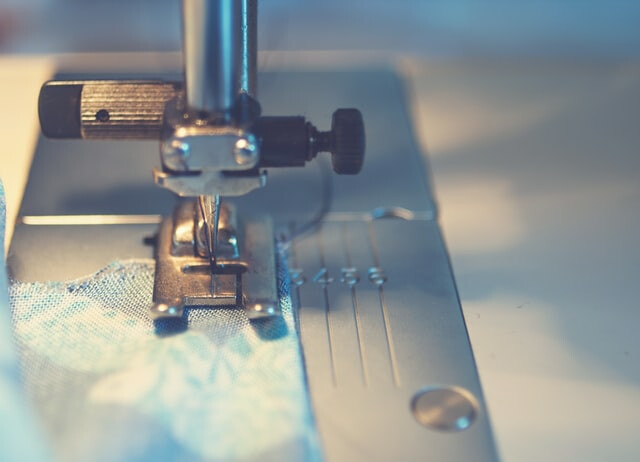
What's The Best Option? Sew-On Or Iron-On Patches
Deciding how to attach your custom patches? Whether you prefer the lasting hold of sew-on patches or the quick application of iron-on options, our guide breaks down the pros and cons to help you make the best choice for your needs.
When creating custom patches, choosing how to attach them is crucial. The two most common methods are sew-on and iron-on applications. Each method has its advantages and disadvantages based on how you plan to use your patches. Let’s explore both options to help you decide which is best for you.
Sew-On Patches
Sew-on patches are attached using a needle and thread. This method works well with various patch types, including PVC, woven, chenille, and printed patches. Here are some benefits of sew-on patches:
- Durability: Sew-on patches are more permanent and can withstand frequent use and washing.
- Flexibility: They allow the garment to move and bend without the patch peeling off.
- Versatility: Suitable for different fabric types and patch styles.
However, sew-on patches require some sewing skills and take more time to apply. If you’re comfortable with sewing, this method provides a strong and lasting attachment.
Iron-On Patches
Iron-on patches come with a heat-activated adhesive on the back. They are easy and quick to apply, making them a popular choice for many. Here are the pros of iron-on patches:
- Convenience: They can be attached without sewing, saving time and effort.
- Ease of Use: Simply use an iron to secure the patch to your garment.
- Good Durability: Iron-on patches can last for about 25 washes, which is sufficient for items like jackets, jeans, and bags.
To apply an iron-on patch, preheat your iron to 350°F. Place the patch on the desired spot, cover it with a thin cloth, and press the iron down for 30 to 45 seconds. For delicate fabrics, use a damp cloth to protect both the patch and the garment.
Comparing Sew-On and Iron-On Patches
The main difference between sew-on and iron-on patches is the attachment method. Sew-on patches use thread, while iron-on patches rely on adhesive. Iron-on patches often have a shiny backing, whereas sew-on patches look like regular fabric.
If you prefer a quick application and don’t mind replacing the patch after some use, iron-on patches are a great choice. On the other hand, if you want a long-lasting solution and don’t mind a bit of sewing, sew-on patches are ideal.
Alternative Attachment Methods
If neither sew-on nor iron-on patches suit your needs, you can use fabric glue to attach your patches. Fabric glue is easy to apply and works with most patch types. Simply apply the glue to the back of the patch and press it onto your garment. This method provides a strong bond without the need for sewing.
Care Tips for Patches
To keep your patches looking good, wash your garments in cold water. Warm or hot water can weaken the adhesive on iron-on patches, causing them to peel off. Iron-on patches will stay in place for about 25 washes, while sew-on patches remain secure longer.
Create Your Custom Patches
You can make your own custom patches easily. At Patches4Less.com, we simplify the process. Send us your design and ideas, and we will create unique patches for you. With nearly twenty years of experience, we specialize in custom embroidered patches that you can wear with pride.
Contact Us
Want to learn more about our custom patches? Call us toll-free at 866-847-2824 or email us. We’re here to help you create the perfect patches for your garments.
Choosing between sew-on and iron-on patches depends on your needs and preferences. Sew-on patches offer durability and flexibility, while iron-on patches provide convenience and ease of use. Consider how you will use your patches to make the best choice for your custom creations.